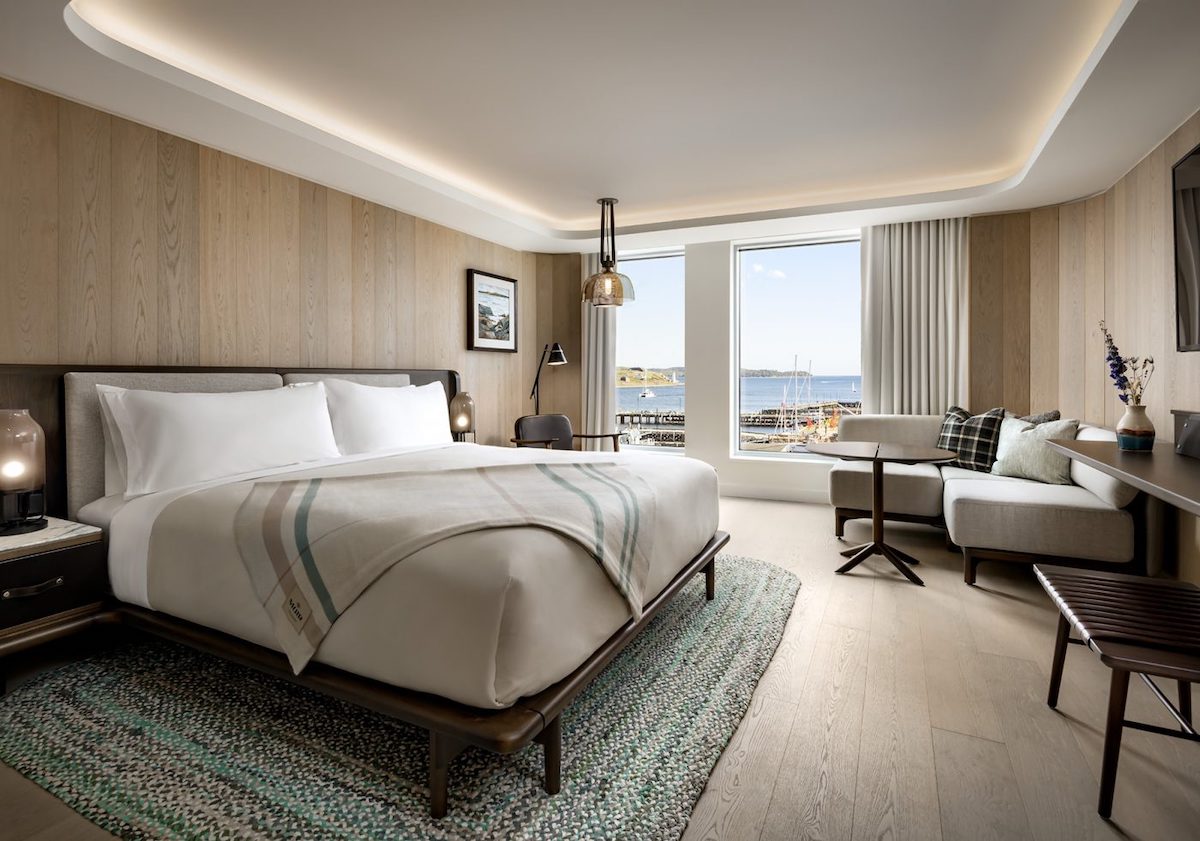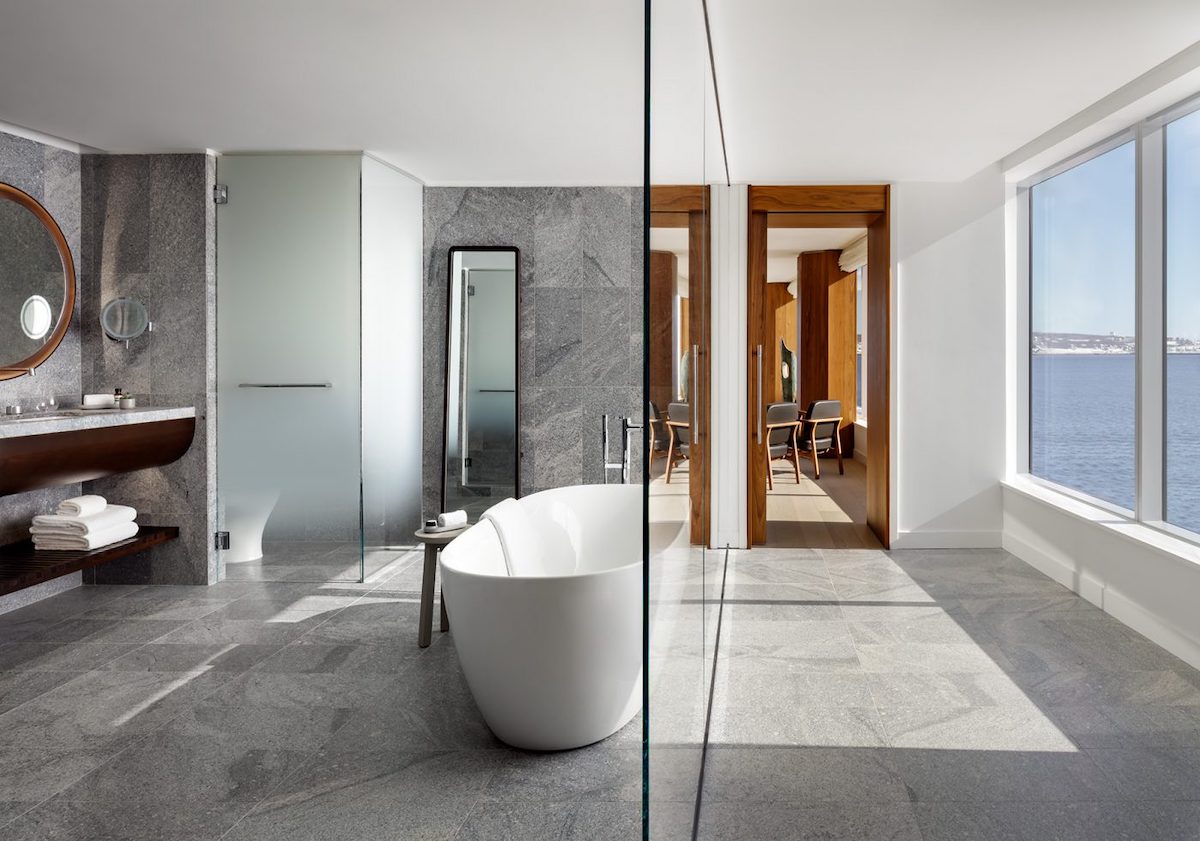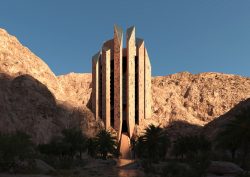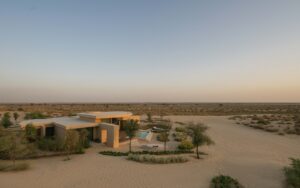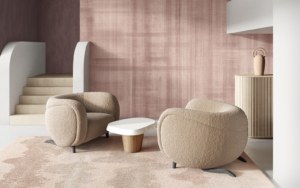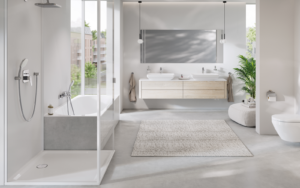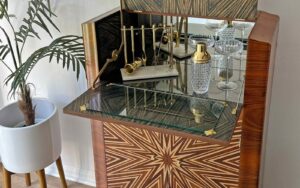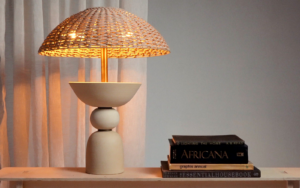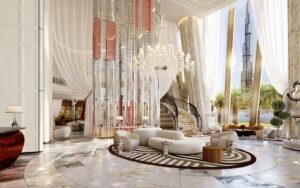The capital of Nova Scotia, Halifax, was screaming out for a hotel that answered to its landscape. On Travel By Design, a podcast by Marriott Bonvoy Traveller, host Hamish Kilburn, Editor of Hotel Designs, spoke to interior designer Alessandro Munge and art consultant Grace Zeppili, to unpick the raw design narrative of Muir Halifax…
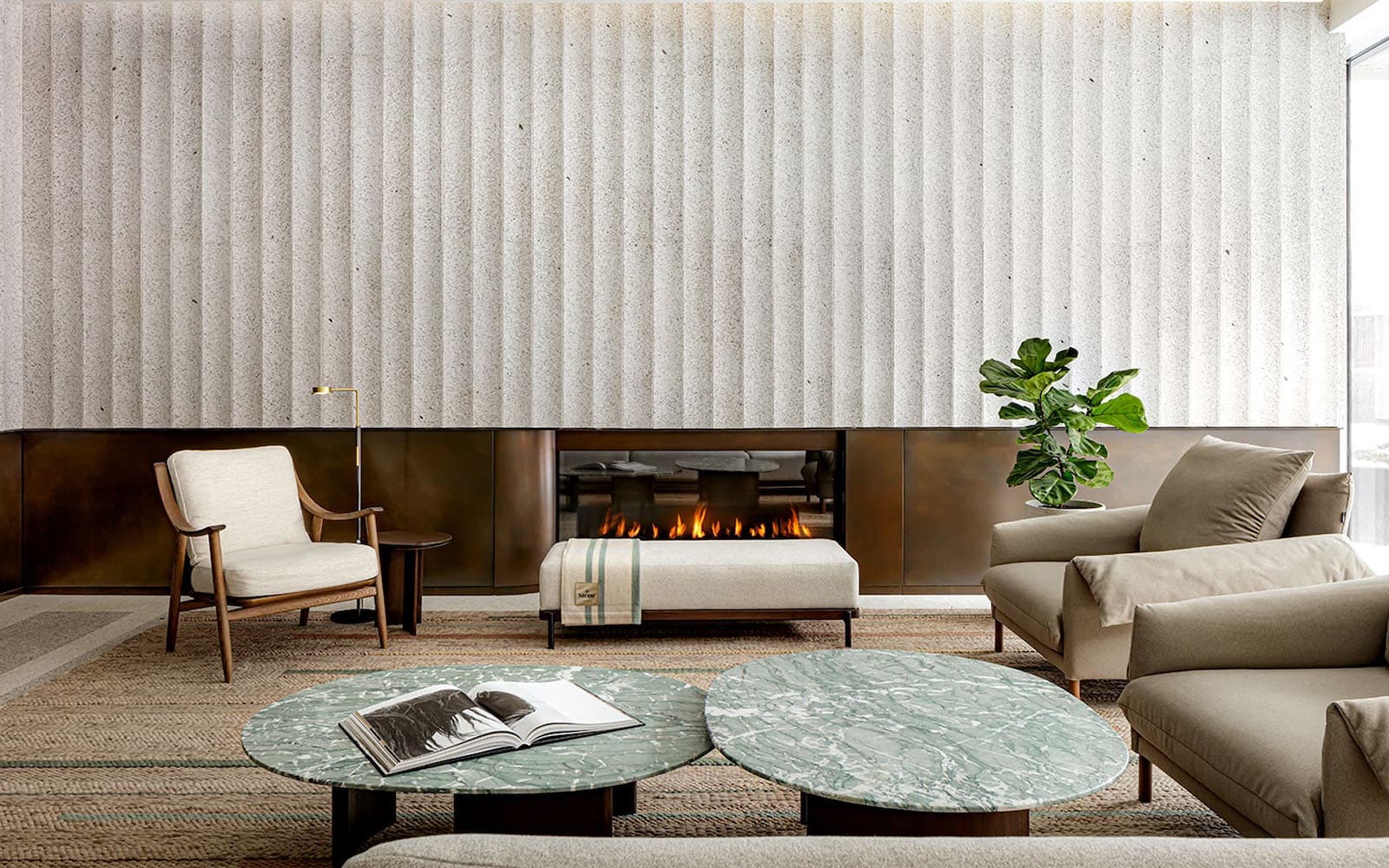
Halifax, the capital of Nova Scotia in Canada, is a city built on one of the largest natural harbours in the world. The Atlantic-facing destination has a distinct lack of luxury hotels. Instead, it’s a place that has a strong local community that has formed around a robust maritime history. With that authentic charm, though, comes a demand to explore, and it was necessary for the city to welcome a luxury hotel that sensitively reflected the environment and character of the city around it.
Cue the arrival of Muir Halifax, Autograph Collection, which was painstakingly designed by Studio Munge with the aim to honour and integrate the city as a maritime jewel. Everything about the hotel, including its location that is seamlessly nestled into the Queen’s Marque waterfront district, has been carefully and meticulously thought of. The architecture, for instance, is full of texture and natural materials that have been inspired by the local topography – think sandstone, granite and Muntz metal.
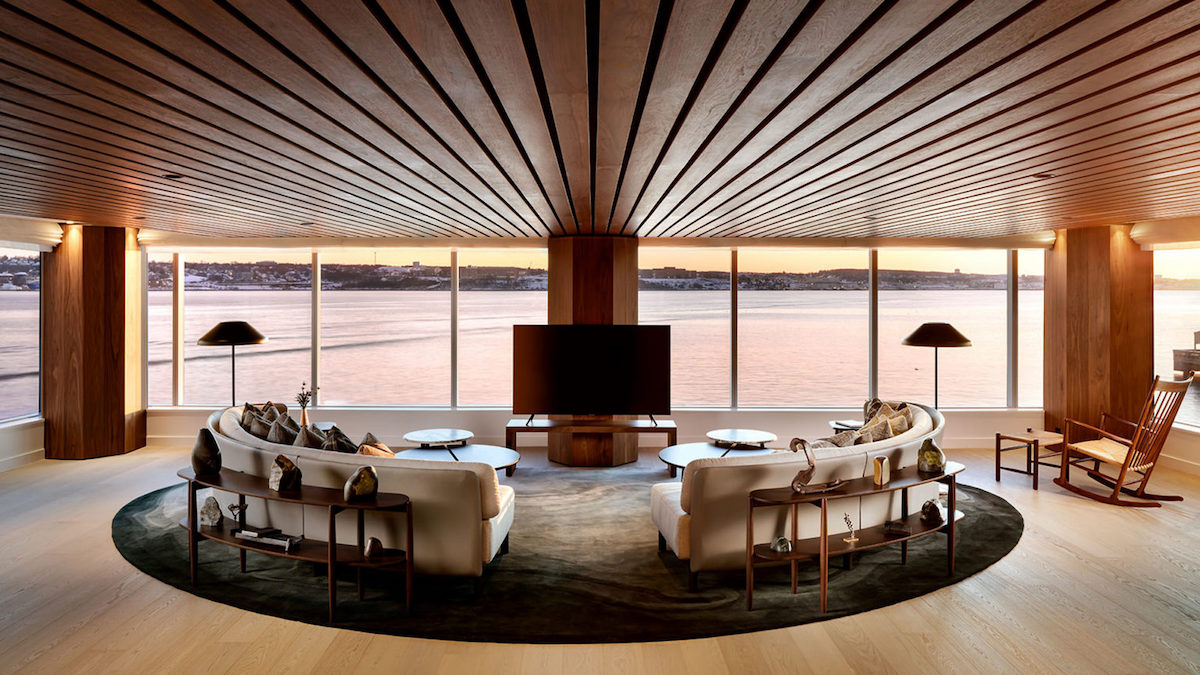
Image credit: Marriott International
The story of how such a hotel has been created is vast, so in order to dive into exactly how the design and art narratives married together, I was able to speak to both designer, Alessandro Munge, and art consultant, Grace Zeppili, on Travel By Design, a podcast brought to you by Marriott Bonvoy Traveller.
Like most hotel designers, Munge was set on creating an apt first impression for guests first experiencing the hotel; to create a feeling that was less and ostentatious, but more authentically rooted to the natural materials of the destination. “There’s use of granite and walnut and beautiful fabrics, and even the rugs have beautiful textures underneath your feet,” Munge explained. “You have your shoes on, you can actually feel it. So your sensories just take off!”
In the dark-toned, minimalist lobby of Muir Halifax, the artwork behind the reception desk feels effortless – almost as if it is blending into the surfaces. But it also introduces the guests to the motif of colours that they will experience throughout the hotel. “That particular piece was commissioned by Allison Baker,” Zeppili said. “And she works with hand-dyed fibres. And you could see the finished project is this beautiful scene of an ocean and the water hitting the rocks.
“But more so than that, it looks a lot more three-dimensional because of the way she knotted every piece and, and the, the way she stitched every piece of rope and tapestry in there. She worked with our interior designers and understood the colours that were going to be present in the rooms and throughout the space. So she hand-dyed all the colours herself. And then hand-wove that particular tapestry.”
In addition to tapestries, Zeppili commissioned a variety of styles, techniques and artists in order to help the artwork filter outside of the frame when aptly elevating the design’s sense of place. In the hotel’s speakeasy bar, she decided to use the use of photography. “There’s a very-well-known photographer, Thaddeus Holloway,” she added. “He photographed the Sable Island series, which is unheard of. It’s very difficult to get to Sable Island. You need a special permit. And he was one of the few photographers allowed on that island. And it’s where horses run wild. And it’s, there’s about six horizontal, large-scale photographs that sit over the seating areas, and they just really give you a sense of place with that island. You understand that you’re seeing things that no one else will get a chance to see. And these horses running wild are so free. and you feel free in that room, as well. We were very lucky to, to get access to those photographs.”
In the guestrooms and suites, the design scheme is layered with materials that define the hotel’s location. To amplify a luxurious finish, Munge surfaces the walls and floors in oak wooden panels. Here, the designer explains the need for ‘subtle’ over ‘sheen’, to add an extremely soft feel to the space.
Juxtaposing the softness – and to again be true to the destination’s rawness – the bathrooms have been made out of locally sourced granite, inspired by the historical properties and their architecture in Halifax. “We were very careful in the specifications that all of the granites had a very tactile feel to it,” said Munge. “So if you have bare feet in the floors, they’re not only heated, but you could actually feel the textures of the granite. And nothing is polished. Everything was super-honed. You felt the granite, you felt the wood, you understood where it came from.”
Muir Halifax, developed by The Armour Group, was opened in 2021. Its precise and timeless design and architecture qualities ensure its life as a hub for travellers and locals alike will continue for years to come. The hotel’s design manages to shelter a refined hospitality experience that is warm, welcoming and aptly Nova Scotia.
> Since you’re here, why not explore the sensory surface design trends that have entered our radar recently?
Main image credit: Marriott International



